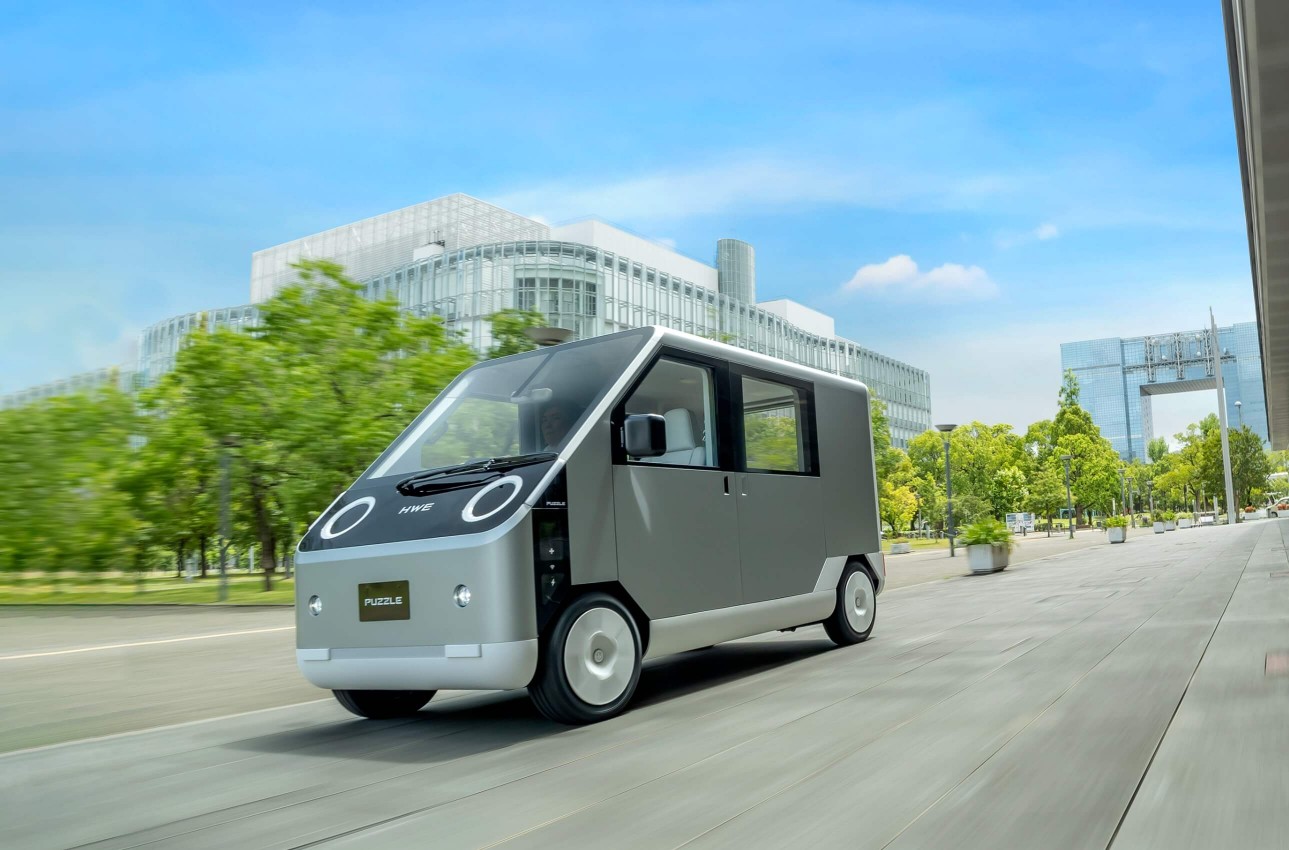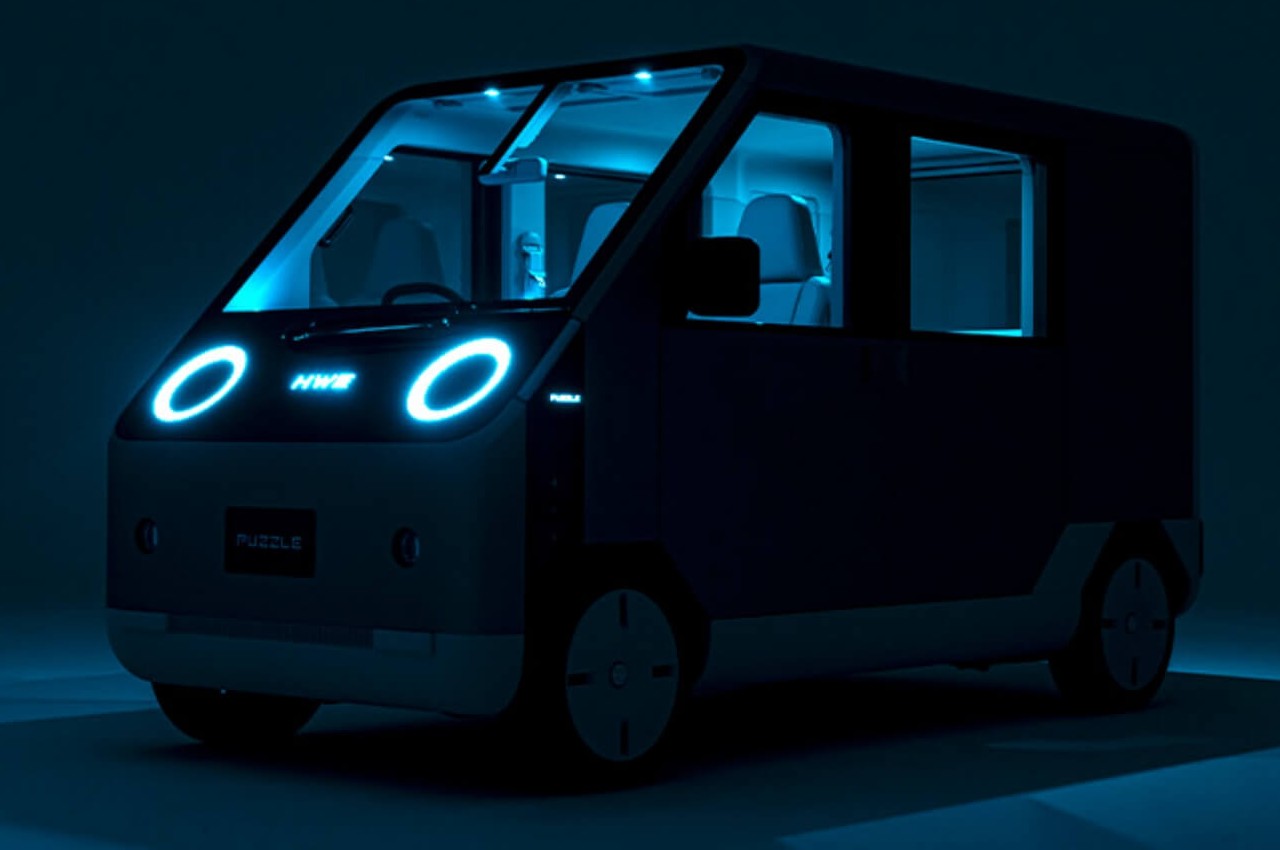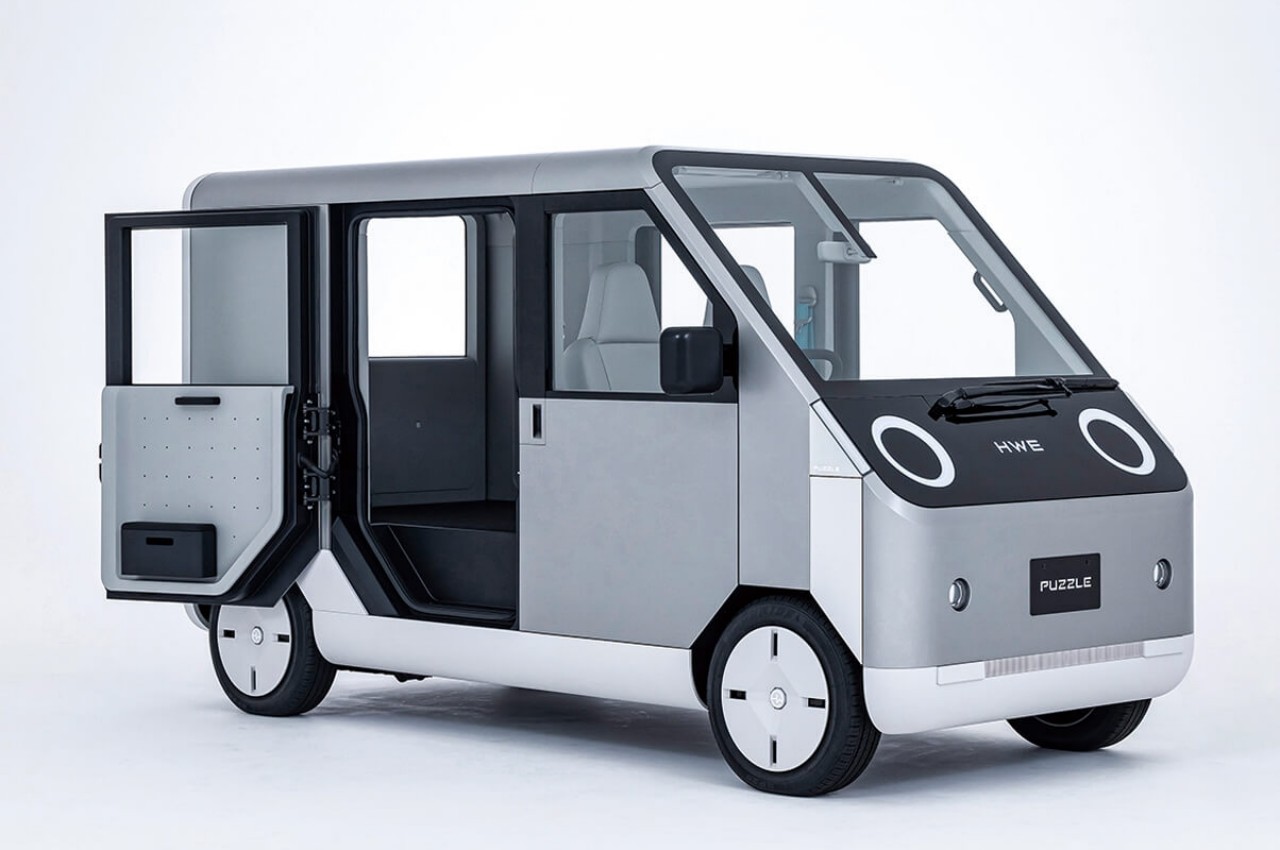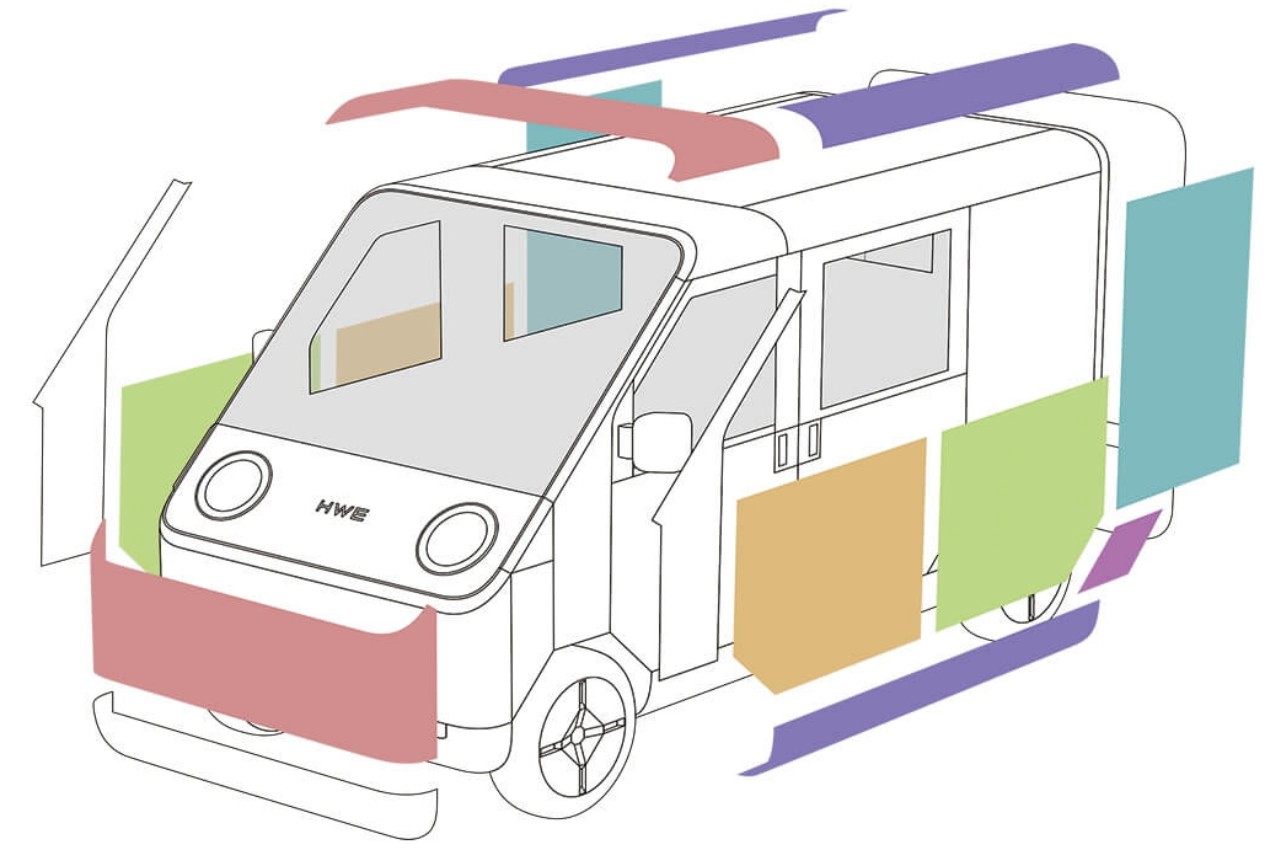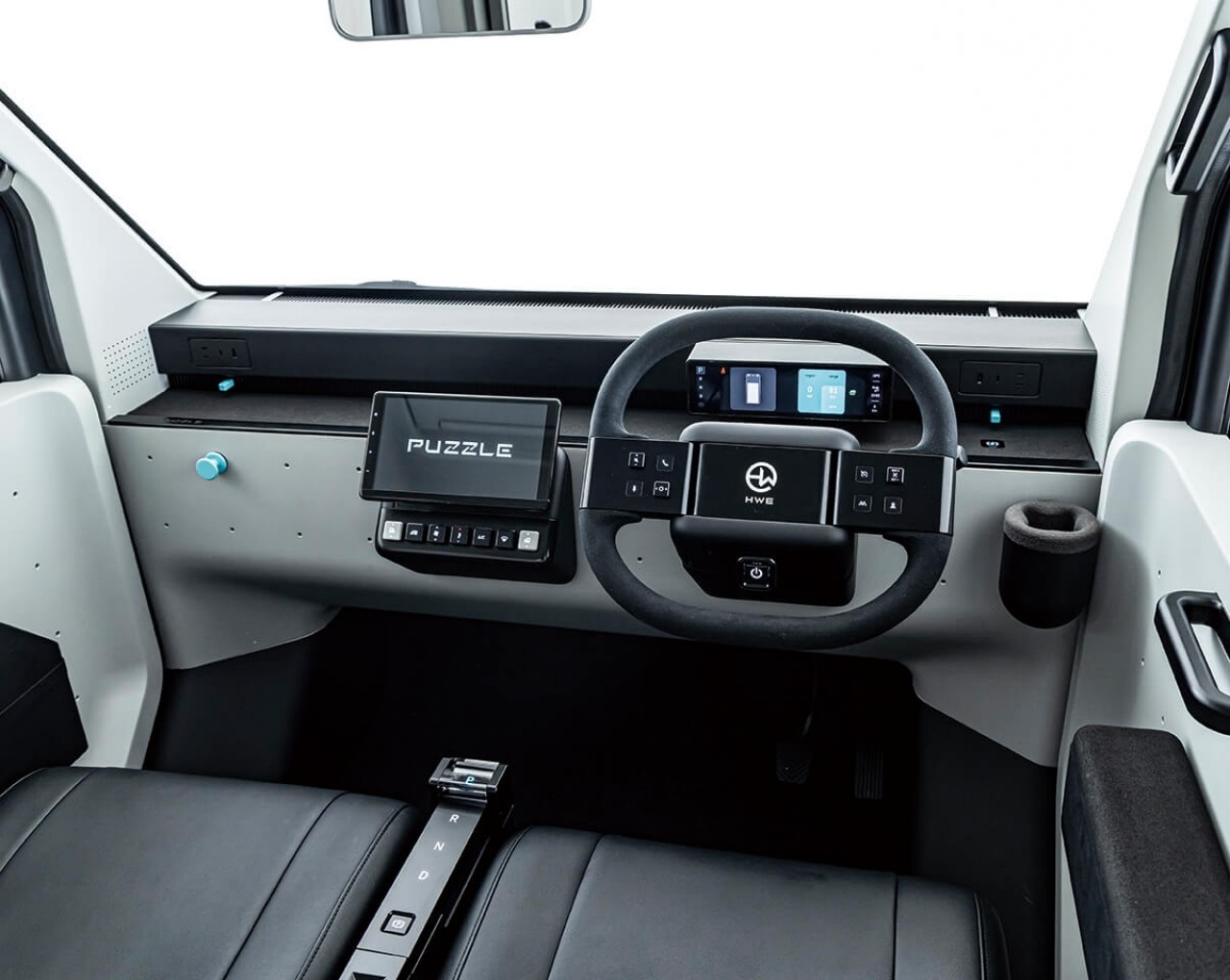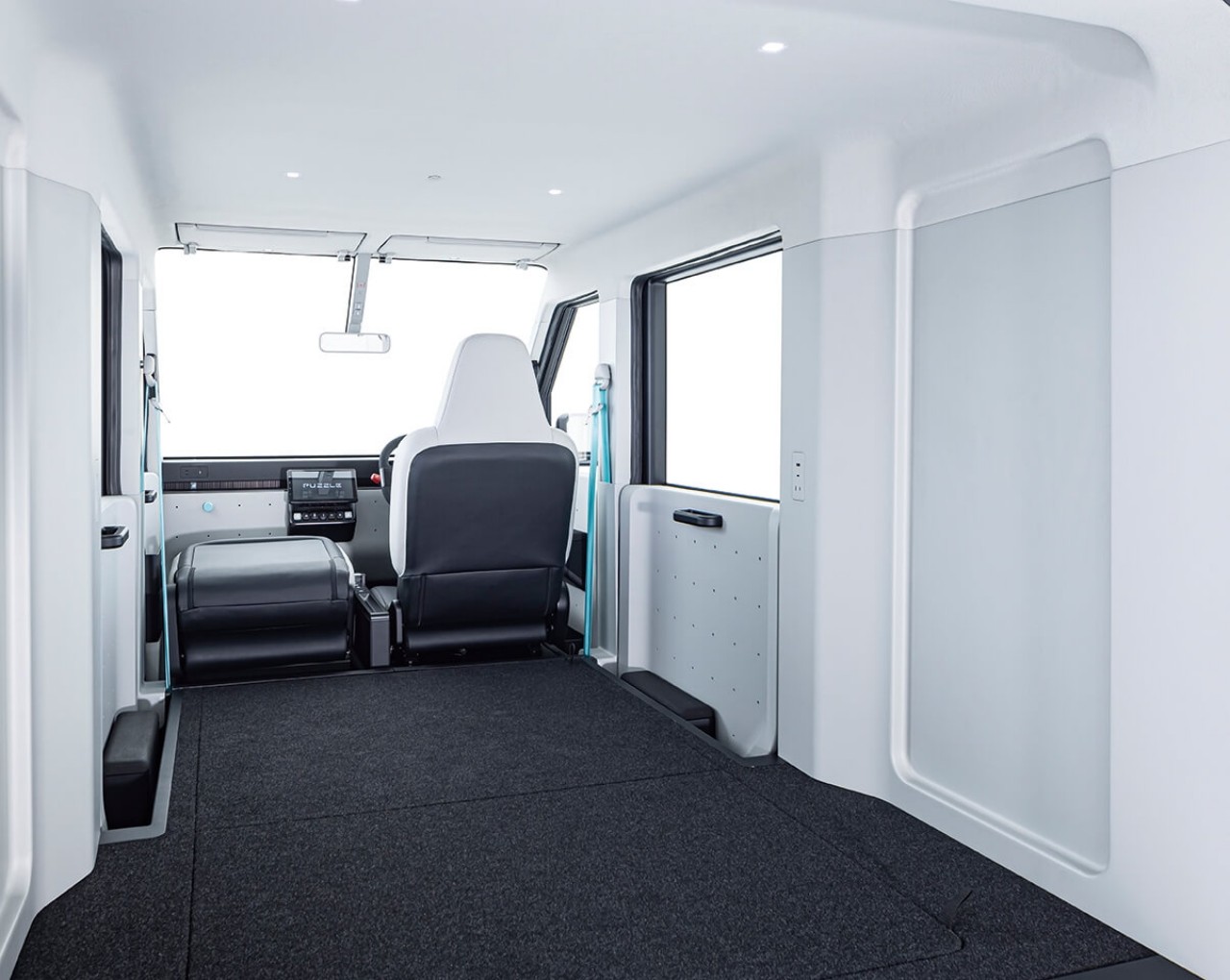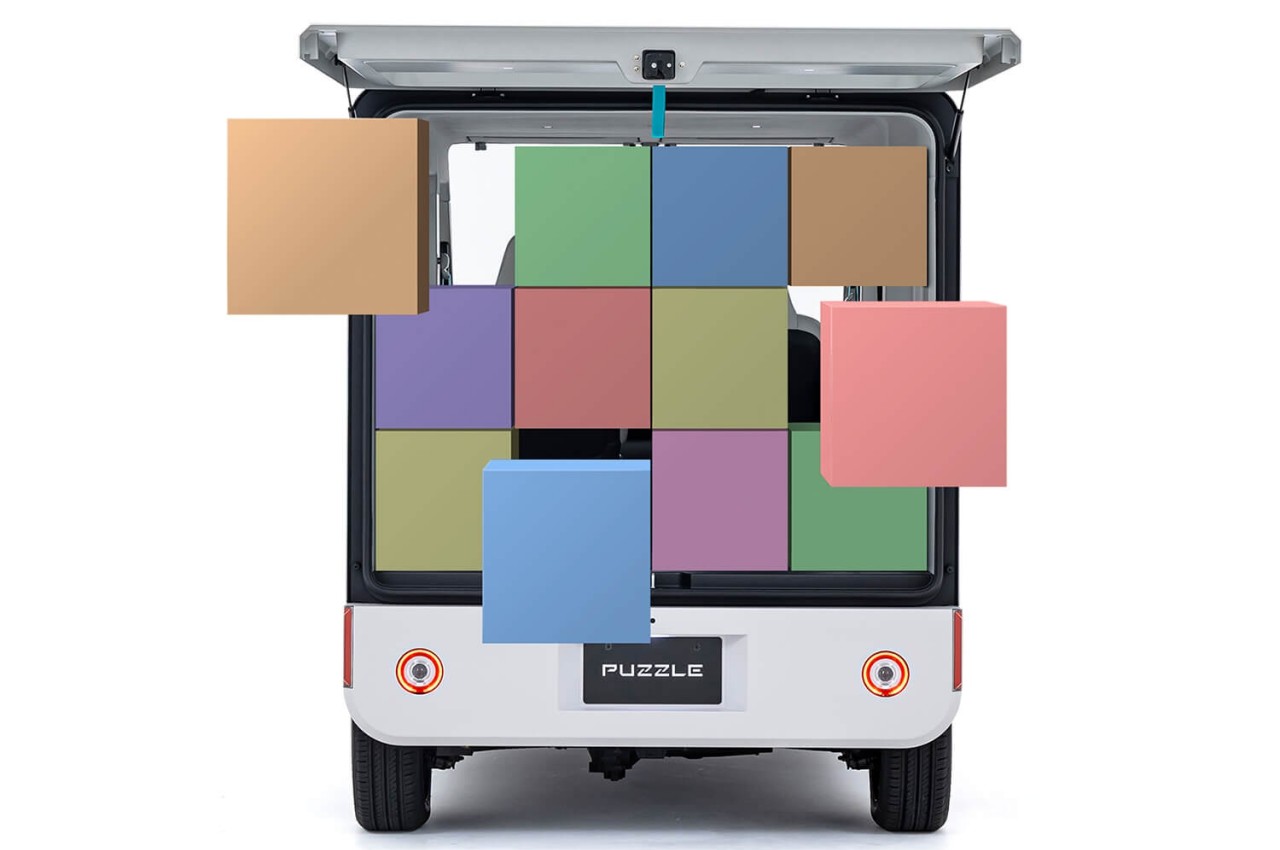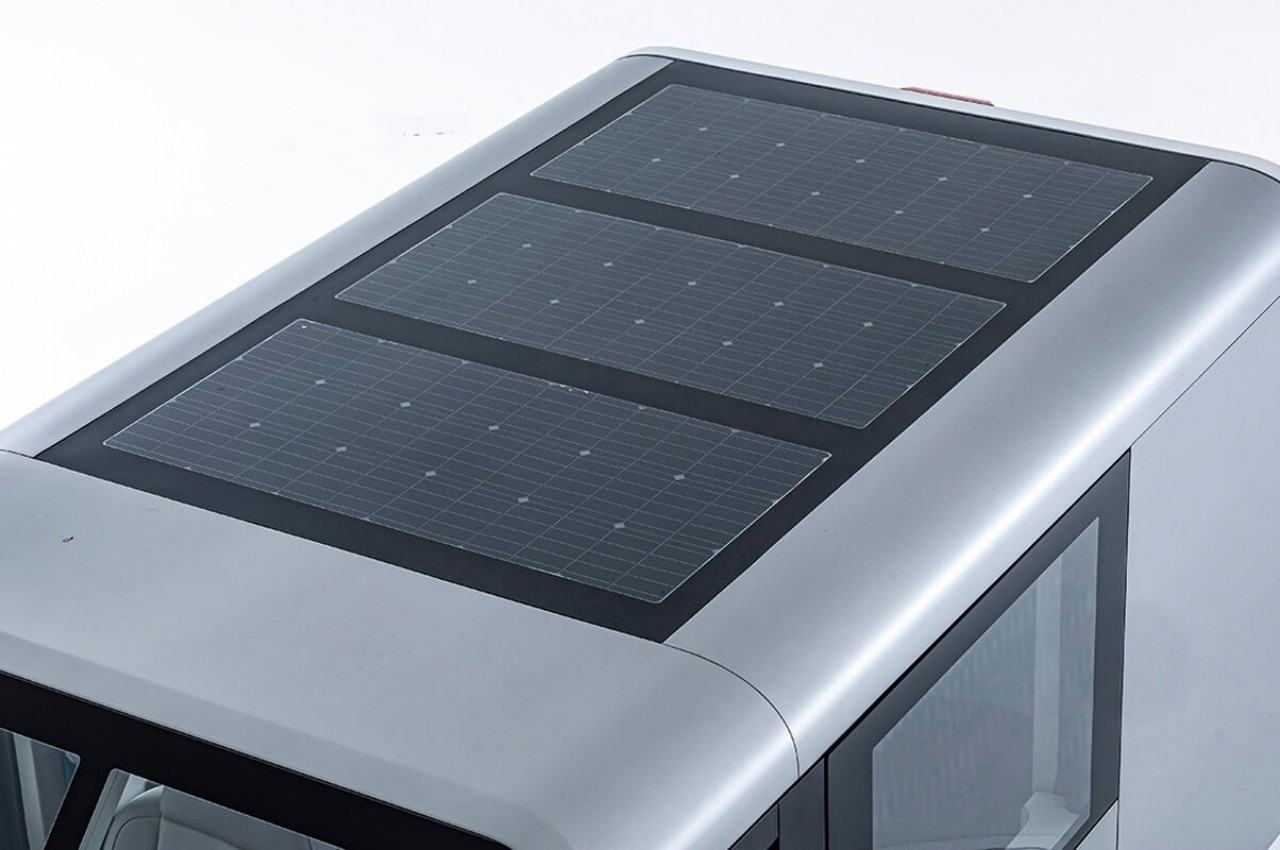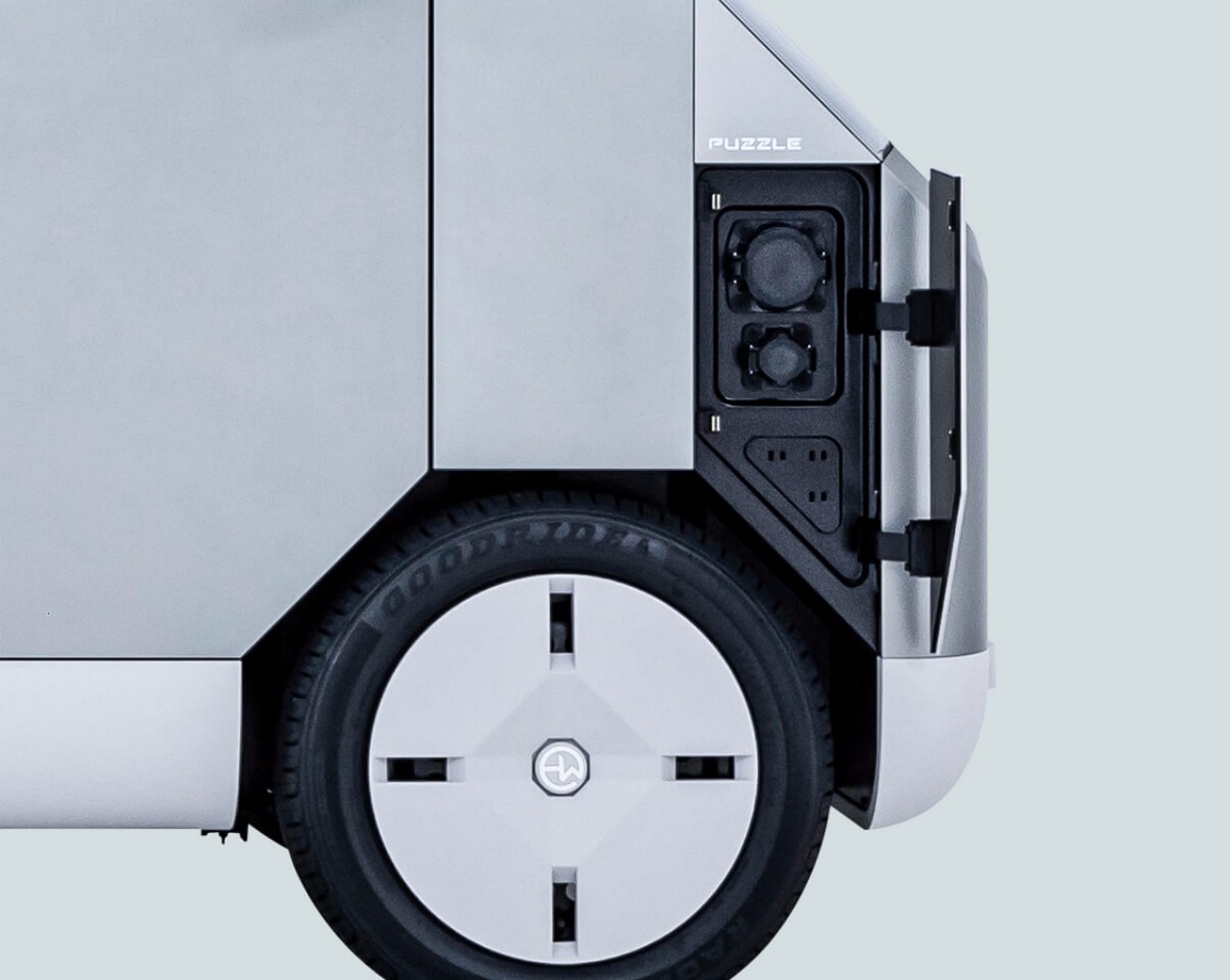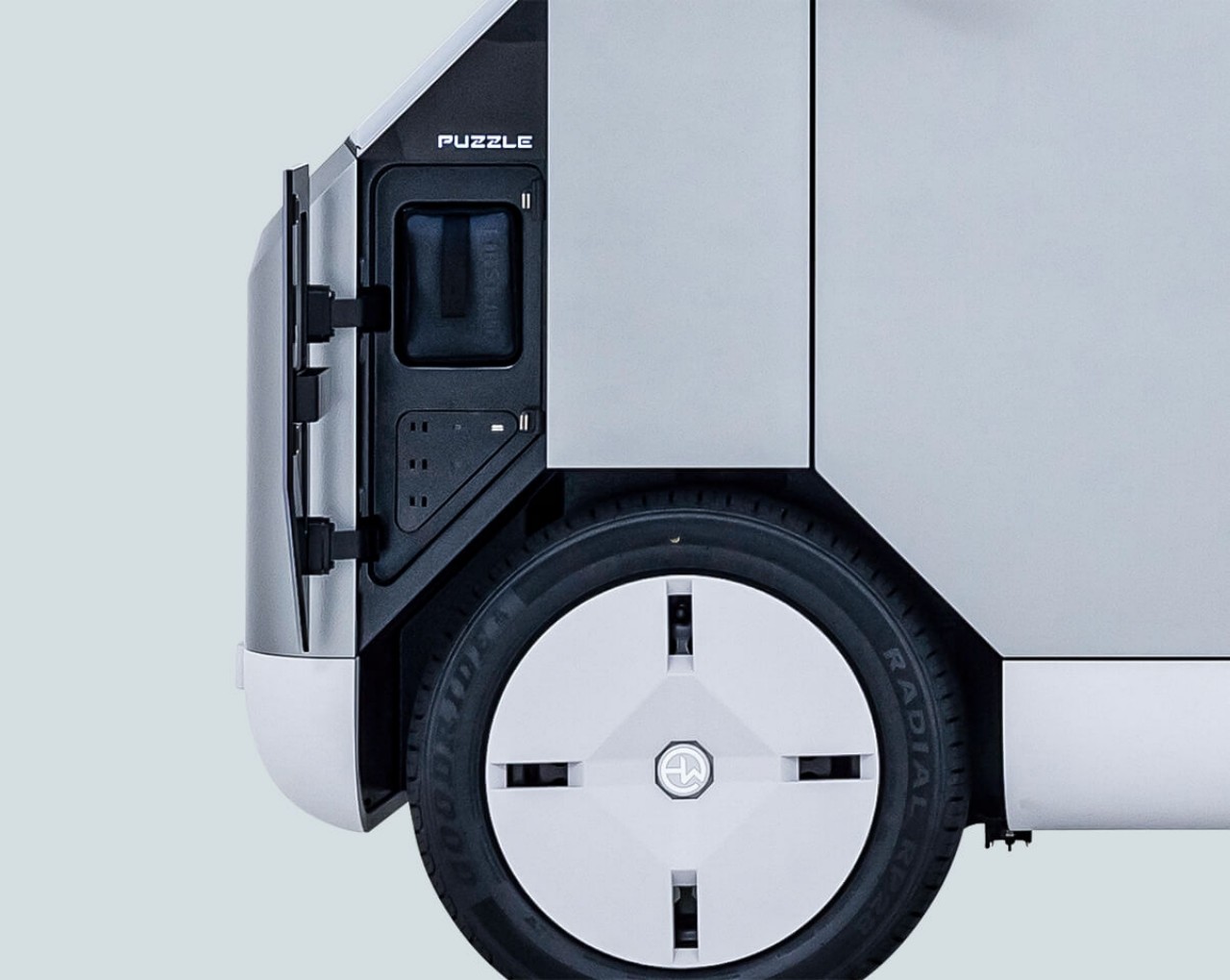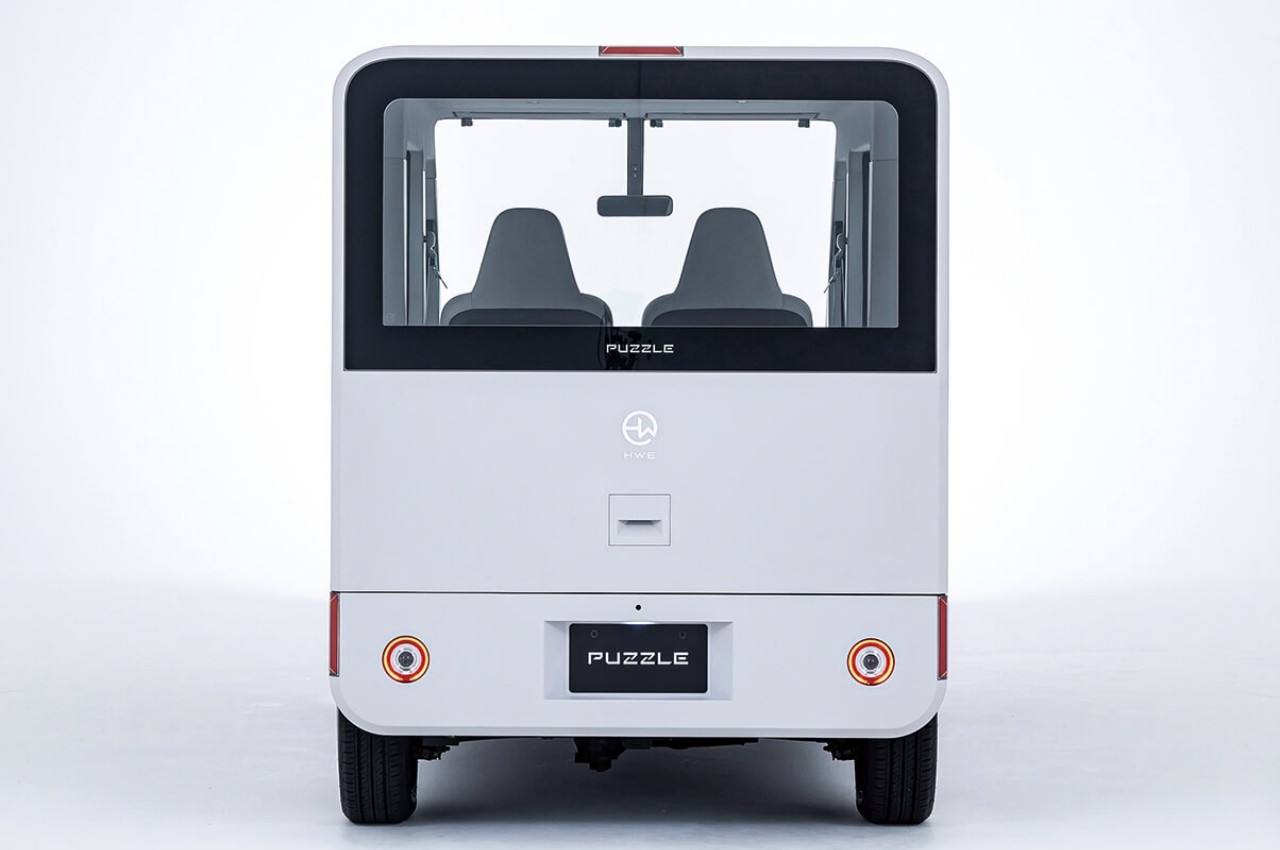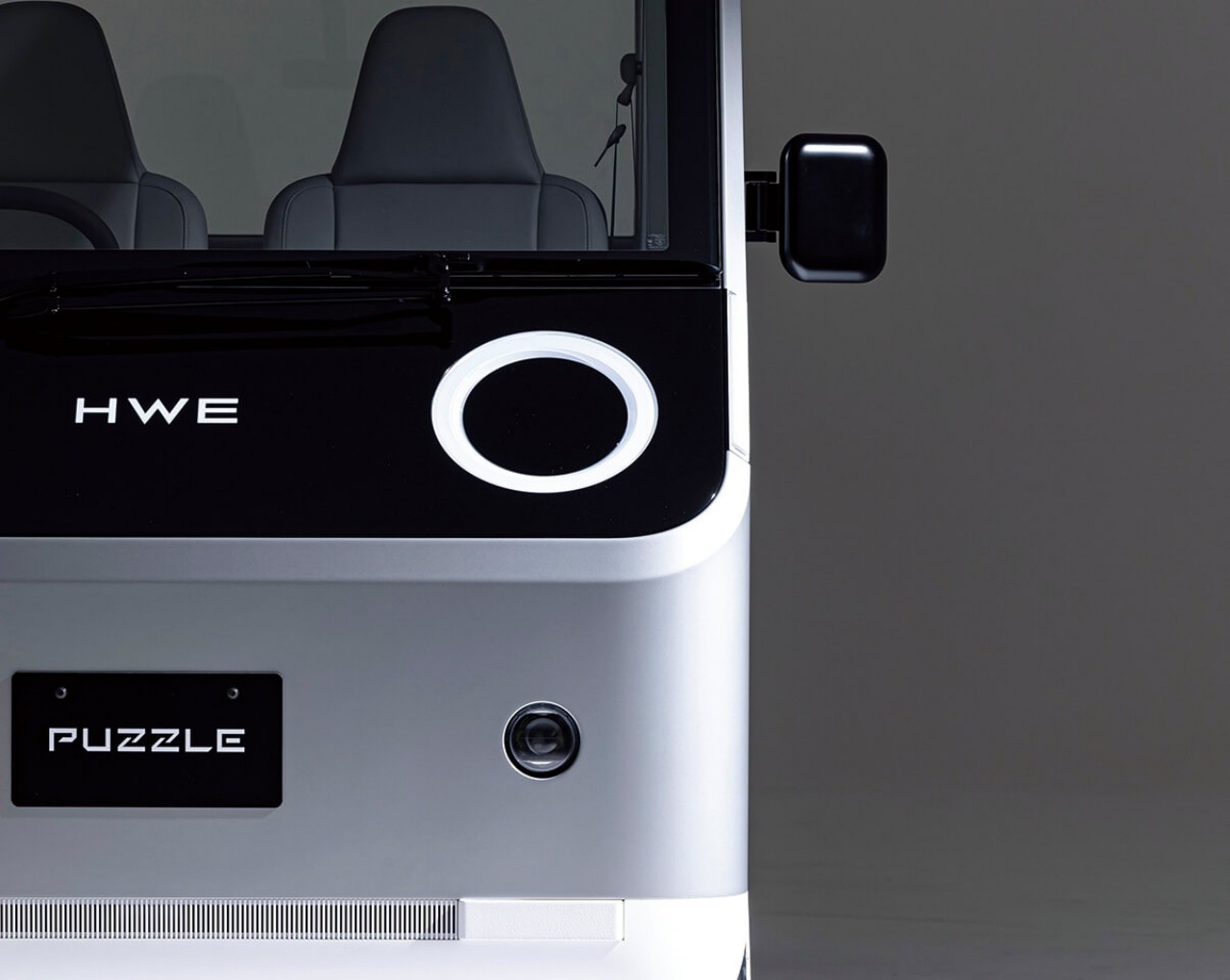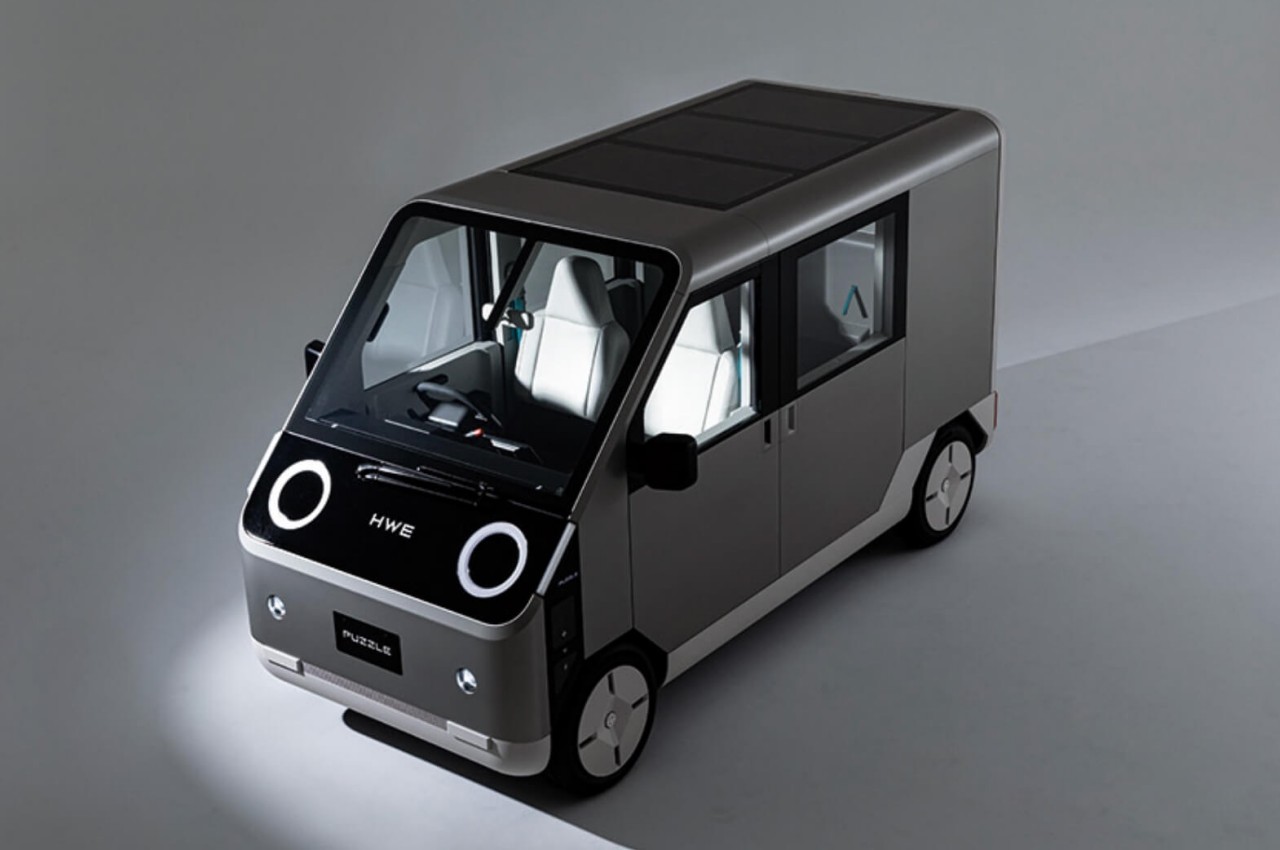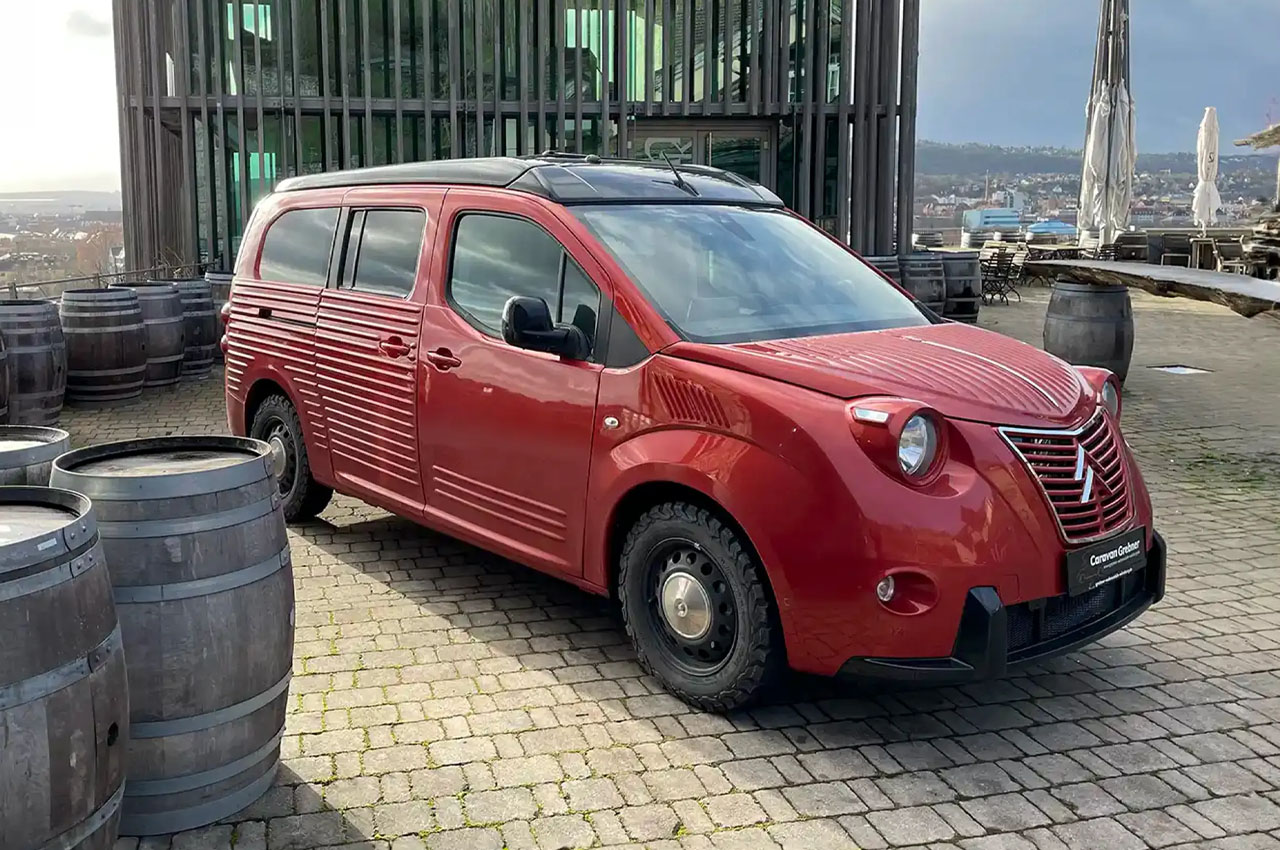
Vanderer, a niche automotive design firm, has unveiled a stunning electric mini camper van based on the iconic Citroën 2CV. The classic 2CV, renowned for its quirky design and timeless appeal, has undergone a futuristic transformation, marrying the charm of the past with the sustainability of the present.
The electric mini camper van is a testament to the evolving landscape of automotive design, where heritage meets innovation. The design firm has seamlessly integrated an electric powertrain into the beloved 2CV, offering a clean and eco-friendly driving experience without compromising on the nostalgic aesthetic that motorheads adore.
Designer: Vanderer and Caravan Grebner
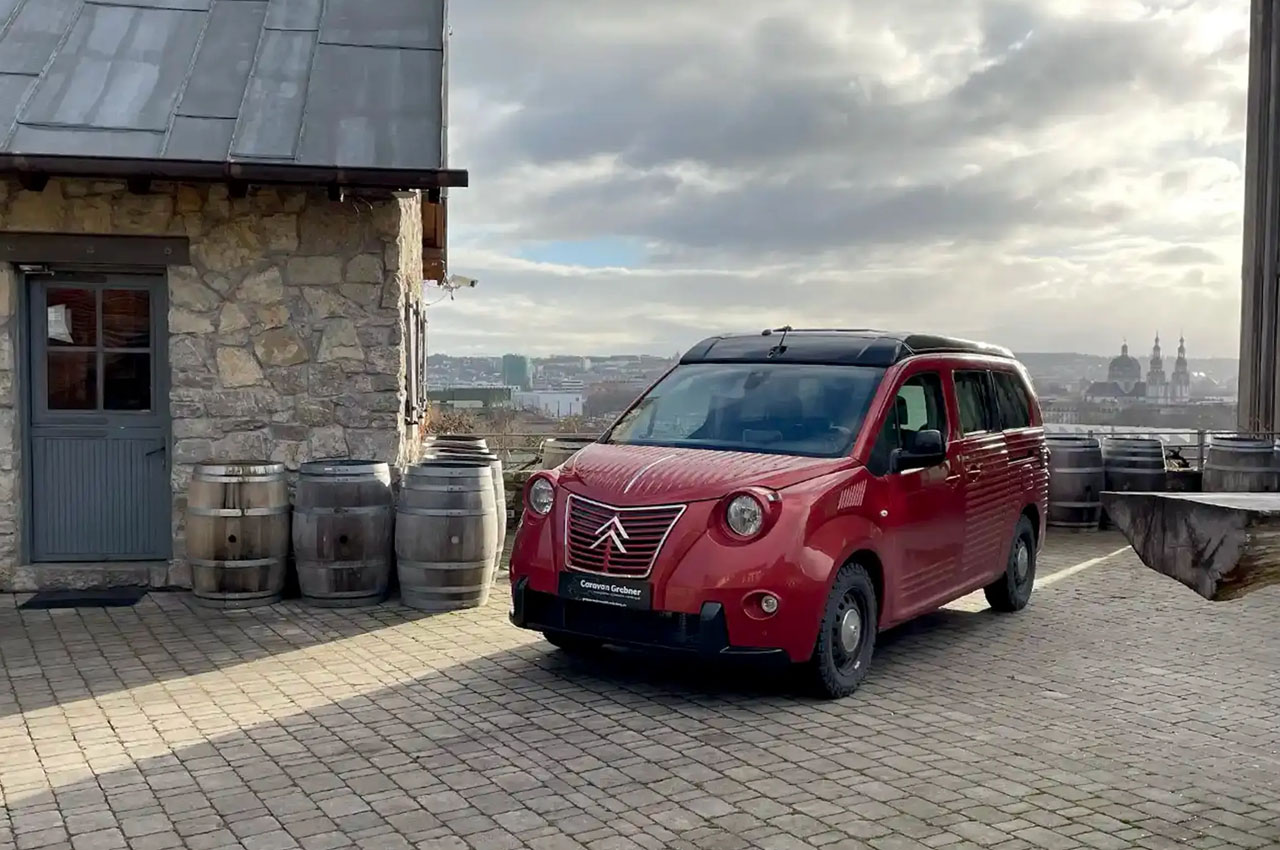
Underneath its charming exterior, the mini camper van packs a punch with its electric propulsion system. The electric motor not only aligns with the growing trend towards sustainable mobility but also enhances the driving dynamics of the 2CV. The camper van promises a smooth and silent ride, a departure from the characteristic hum of traditional combustion engines.
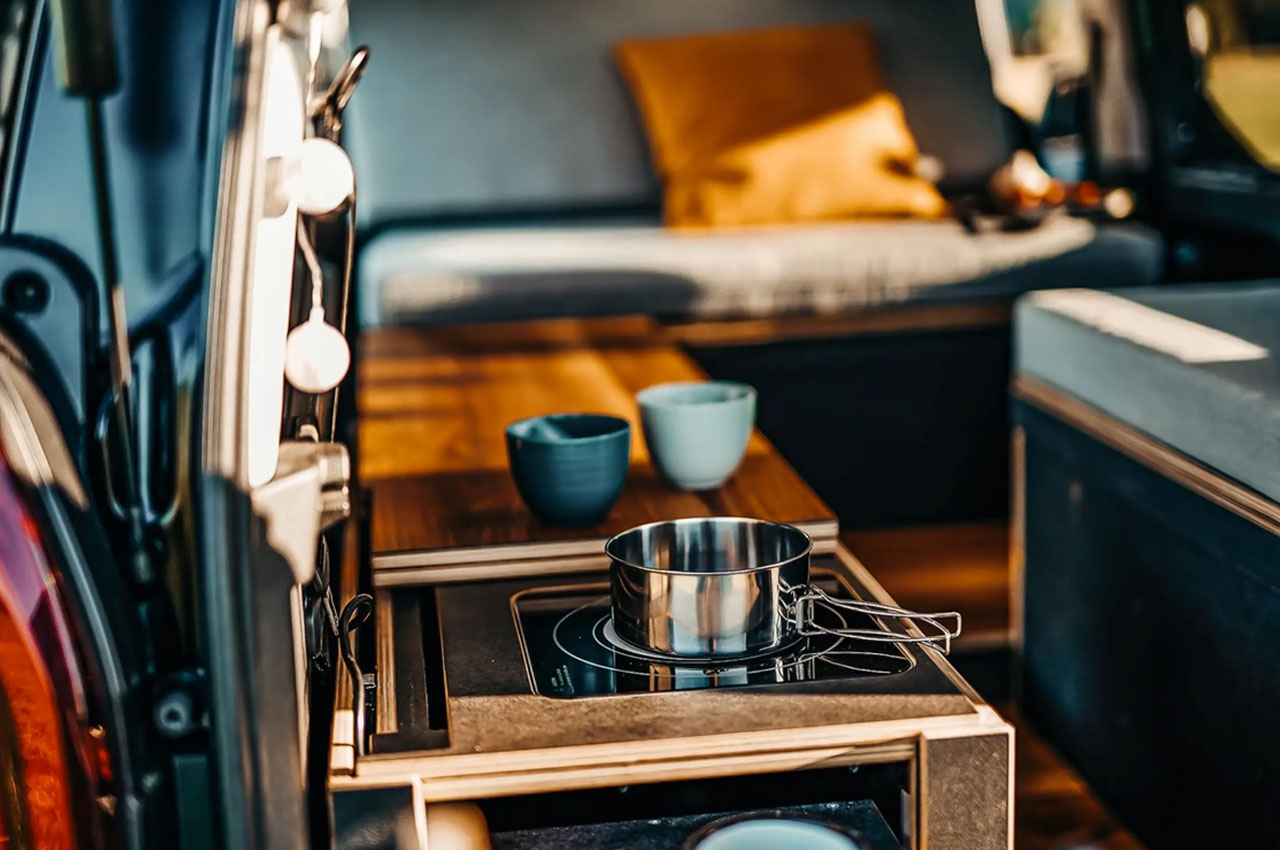
Beyond its eco-conscious credentials, Vanderer has ingeniously converted the rear section of the 2CV into a compact camper, elevating its utility and appeal. The mini camper van is equipped with essentials for a cozy getaway, including a compact kitchenette, sleeping quarters, and storage space cleverly integrated within the limited dimensions of the vehicle. This innovative approach caters to the rising demand for versatile, small-scale camper vans that can navigate both urban jungles and scenic landscapes.
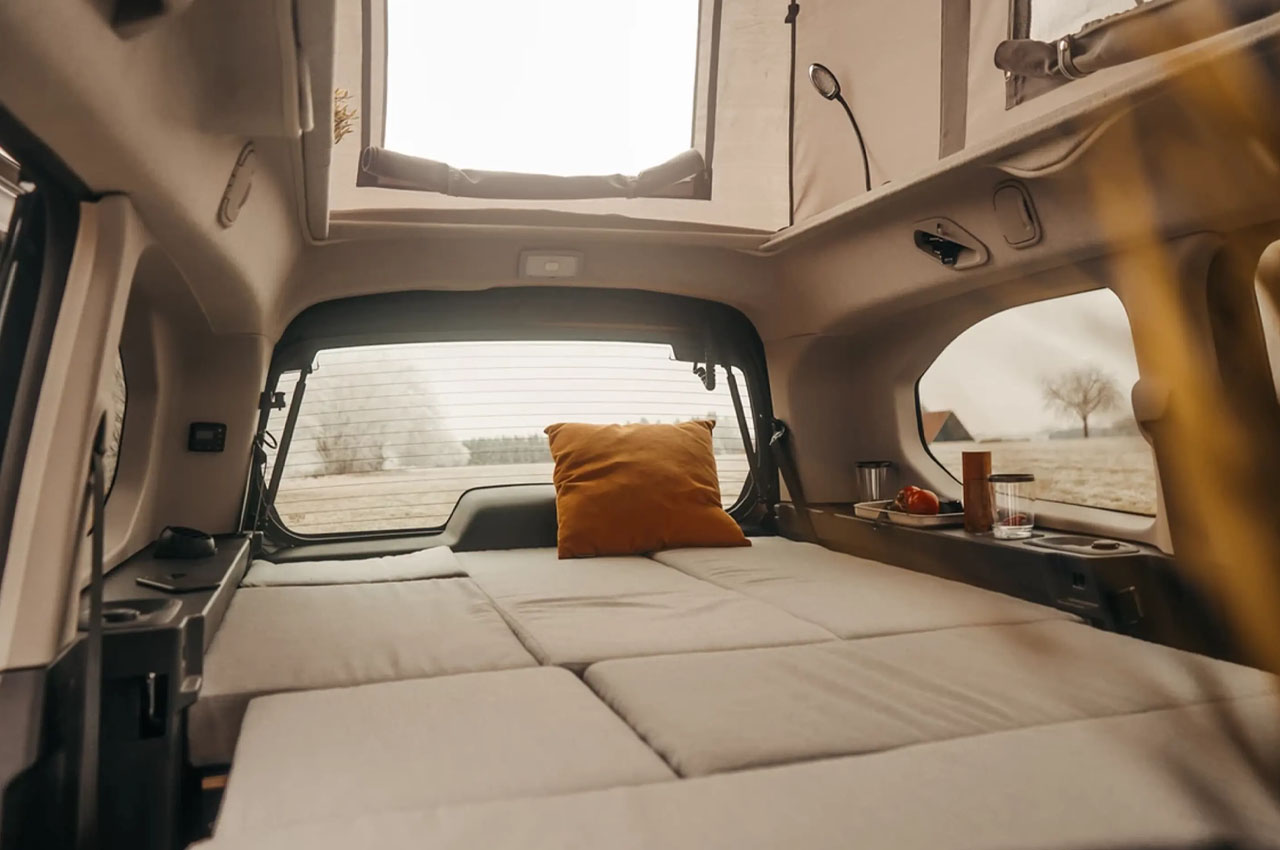
The fusion of retro design and modern functionality is evident in the camper’s interior, where Vanderer has tastefully blended vintage aesthetics with contemporary comforts. The camper van boasts a minimalist yet functional layout, creating an inviting space for travel enthusiasts to embark on spontaneous road trips with ease.
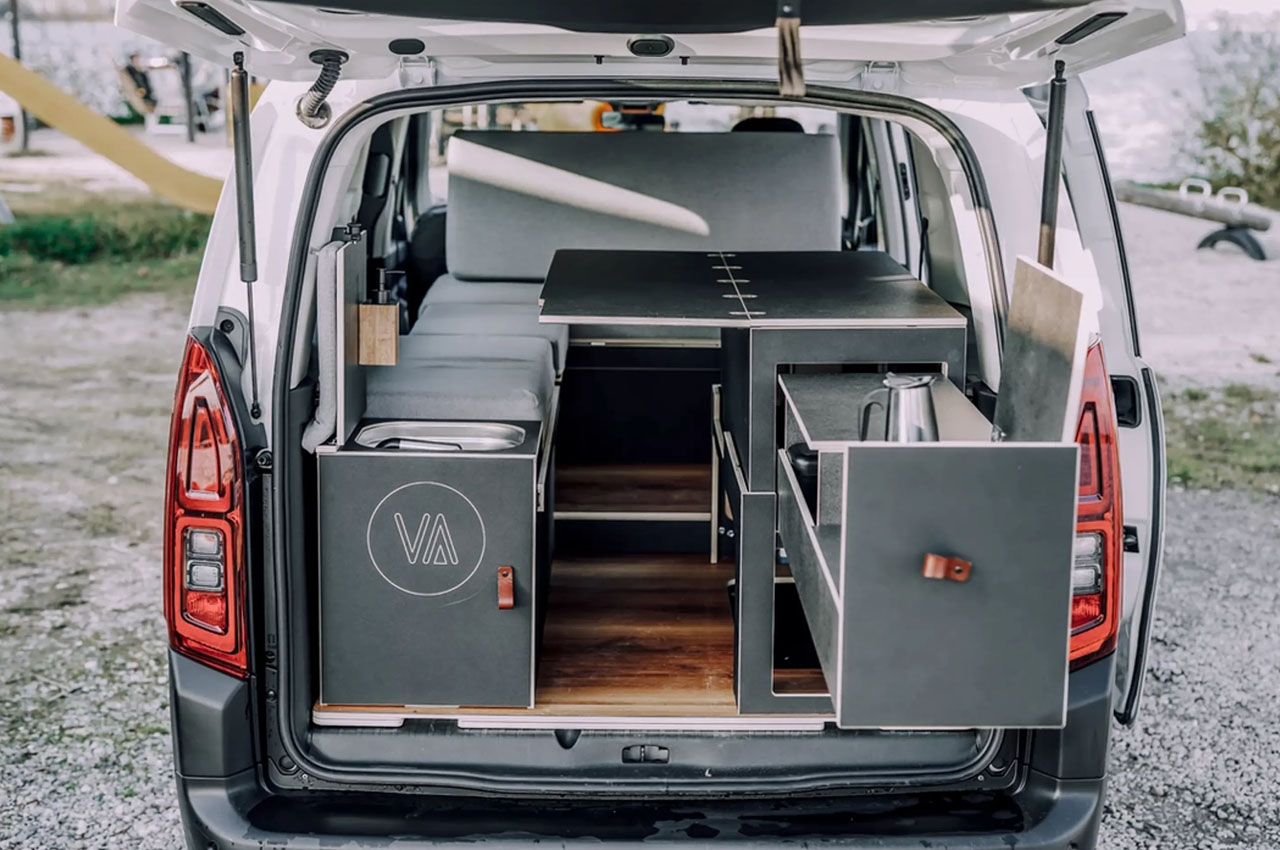
As automotive enthusiasts and eco-conscious motorheads celebrate the arrival the Vanderer Citroën 2CV Electric Mini Camper Van, and its all set to make the world premier at 2024 CMT caravan and tourism show to commence on January 13 in Stuttgart. The unique combination of electric mobility and camper functionality within the classic 2CV framework exemplifies the endless potential for innovation in the ever-evolving world of custom camper vans.
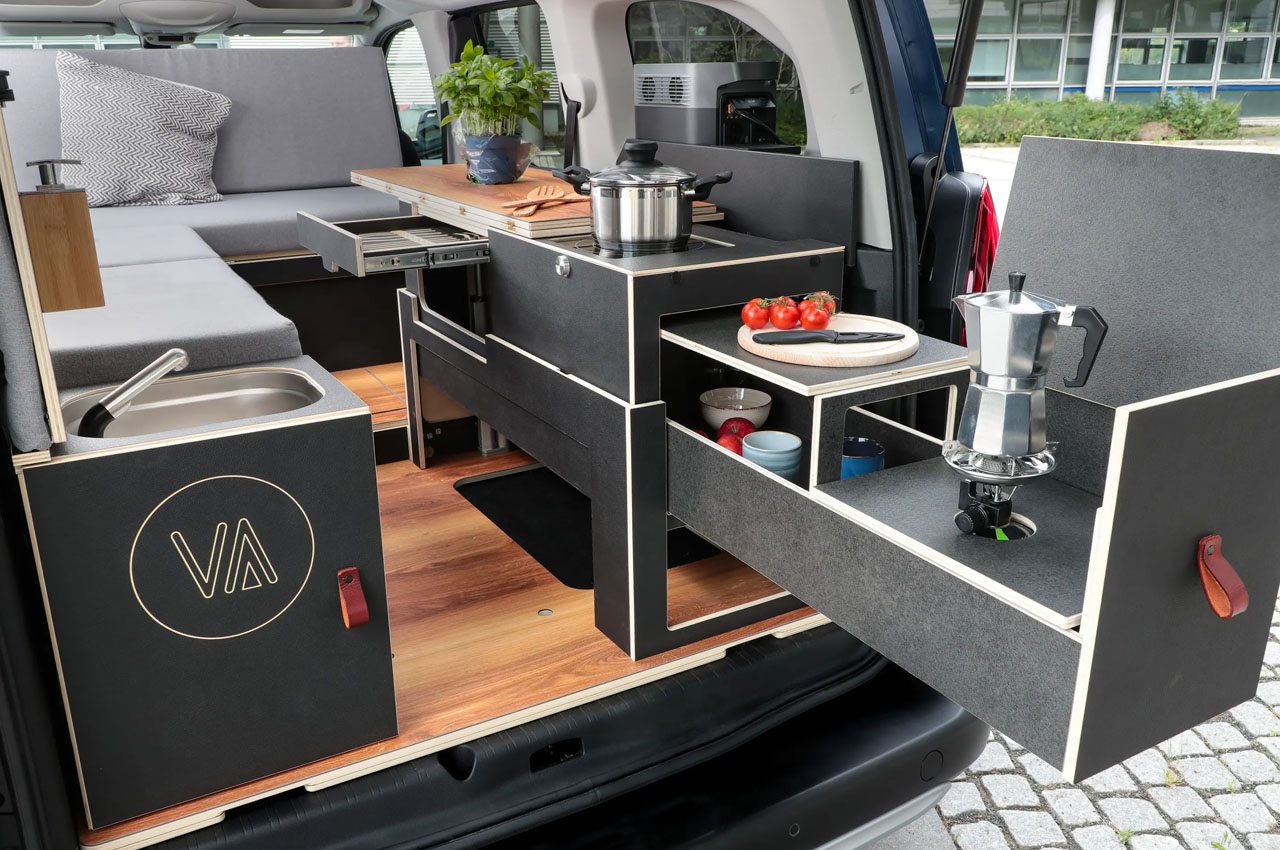
Caravan Grebner will offer the ride as a limited edition version of 200 models with price and the final specifications still kept under the carpet for now.
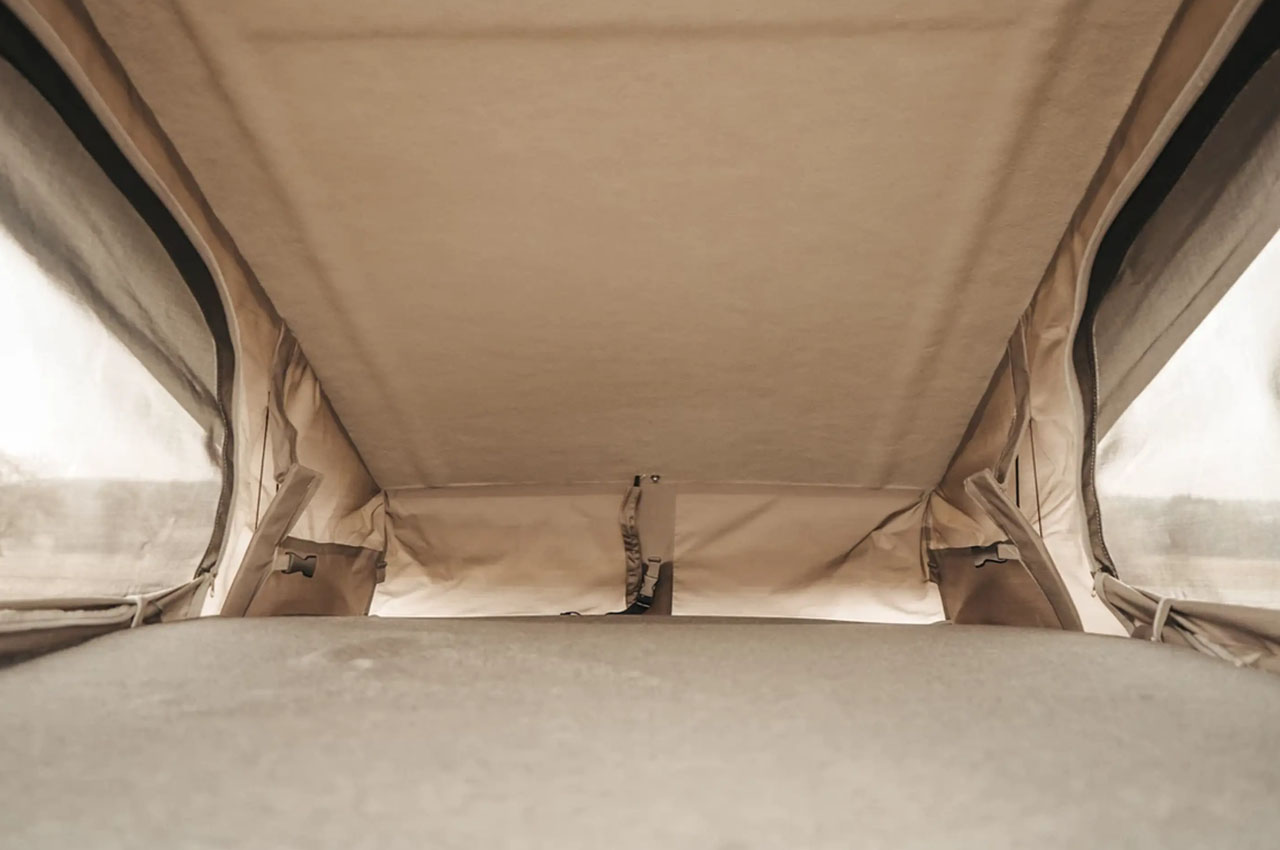
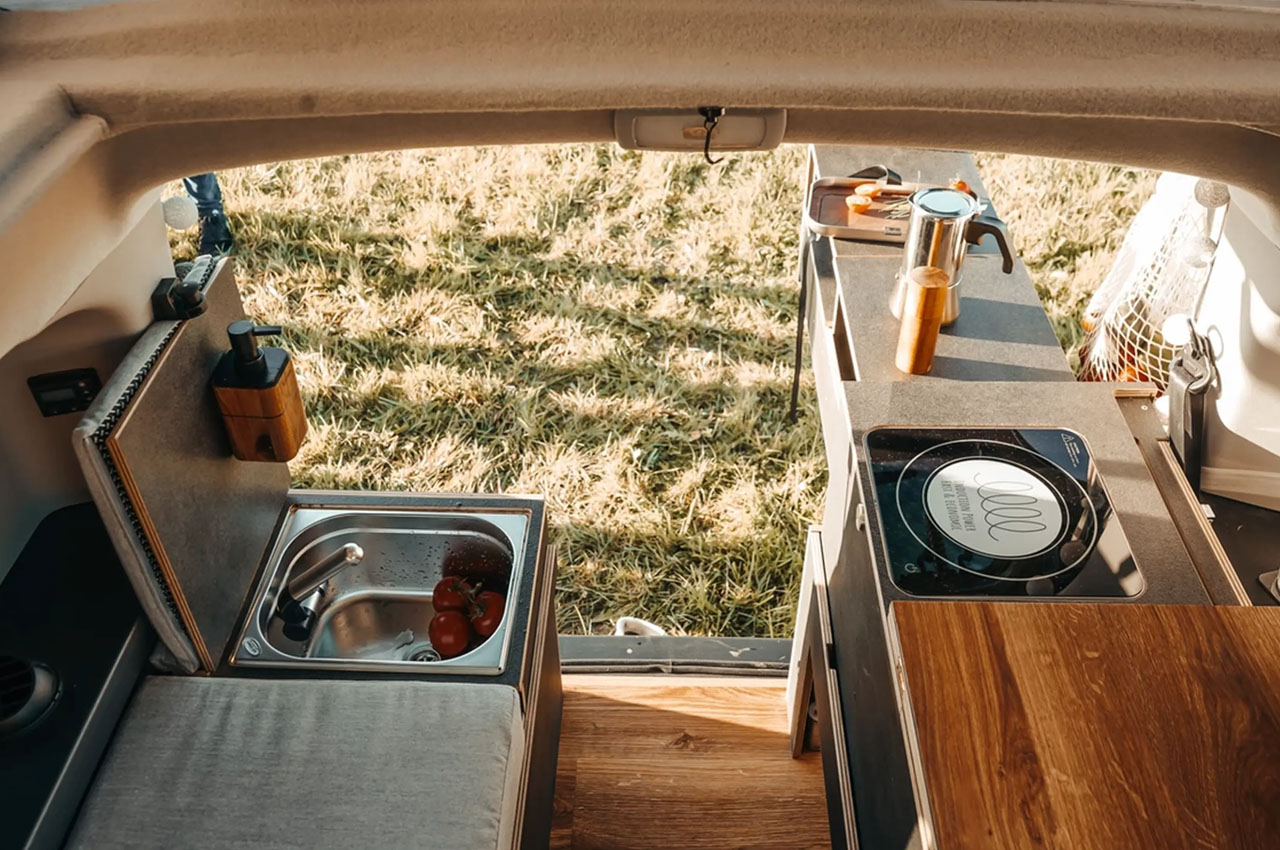
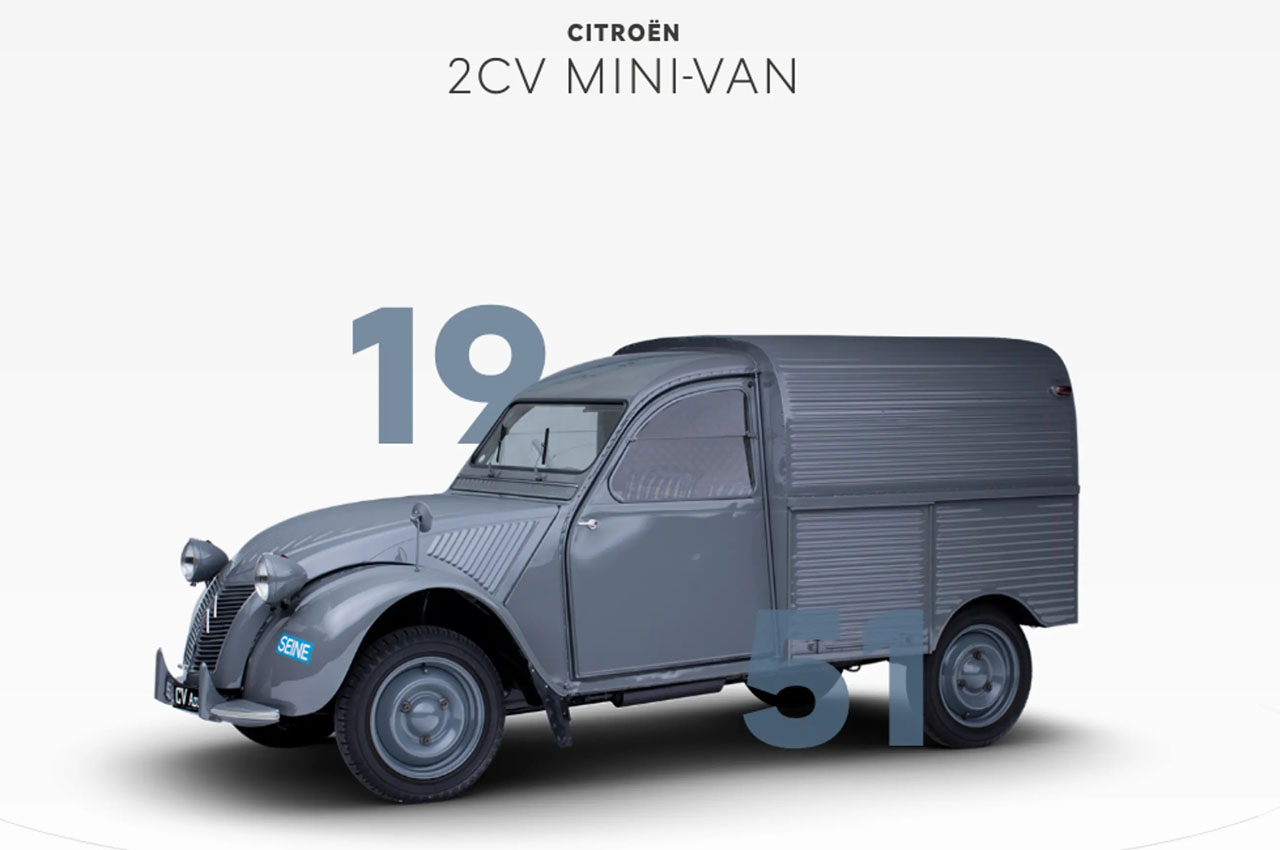
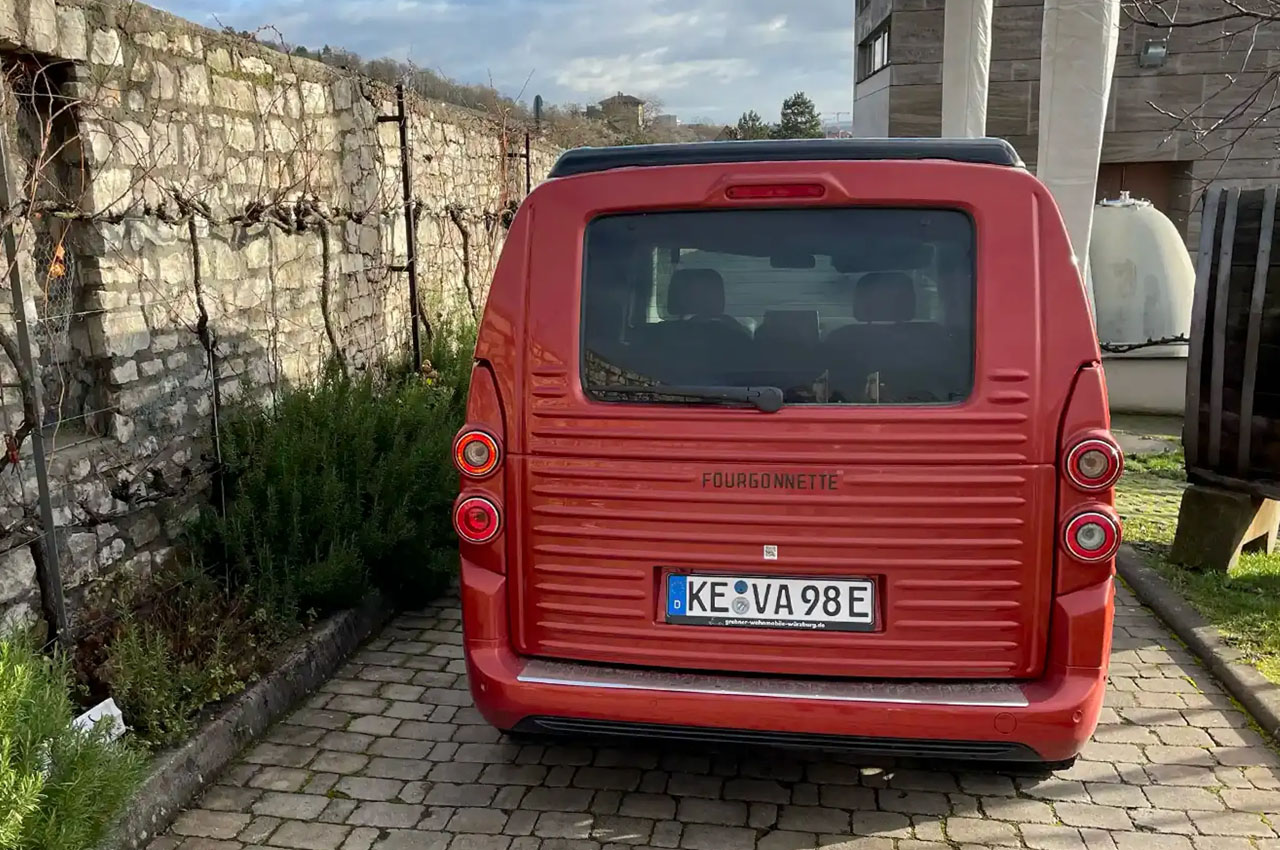
The post Vanderer’s Citroën 2CV Electric Mini Camper Van is a retro-modern van for adventurers first appeared on Yanko Design.
